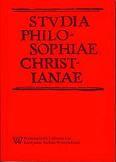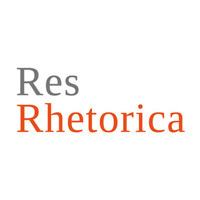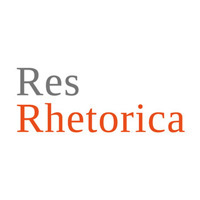






A Silesian Branch of the Air Prevention League founded on January 24th 1924 (the Air and Gas Prevention League since 1927), likewise the remaining AGPL organizational units, was to propagate the development of civil aviation, as well as air and gas prevention. In spite of the specificity deriving from different socio‑economic and political conditions of the area of the Silesian voivodship, the branch has reached impressive results throughout 15 years of its creation. It was possible thanks to unusual ambition and solidarity of a multinational society, as well as dedication to social purposes rarely observed at that time. The authority of people managing the AGPL committees and their big engagement in all spheres of League work were an additional attribute of a thriving development of organization. To the most important all Poland achievements of the association belonged the construction of four academic institutions training the pilots to be of two airports, including one of a sports-touristic type, a participation in the money collection in order to buy the aviation transportation or the construction of the greatest parachute tower in Poland. A Silesian AGPL was known for its perfect organization within the field of air and gas prevention of civils. It conducted numerous trainings for the society in the very area. It built exemplary gas prevention shelters and organized the first Poland wide exhibition of air‑gas prevention in line with all AGPL voivodship regions. An outbreak of the World War II destroyed long‑standing achievements of the League. However, the staff of an aviation personnel trained by the organization and numerous AGPL activists made themselves visible during the war actions, fighting with the enemy.
More...
Keywords: anthropology; home
The Silesian landscape is often identified with steel mill chimneys, mine shafts and red brick housing esta- tes. All these elements are branded with specific dec- line – they bring to mind the past, the history of the development of Silesian industry, capitalist industriali- sation from the turn of the nineteenth century as well as its socialist counterpart from the time of the six-year plan and the subsequent period. The discussed exam- ples of three workers’ housing estates (Giszowiec, Ni- kiszowiec and Murcki) make it possible to understand the phenomenon of moulding socio-cultural commu- nities – strongly integrated, living according to identi- cal models, observing the same rhythm of daily life and celebrating the same cycle of festivities. First and fore- most, these were communities associated with asingle employer-patron. Contemporary redesigning as arule obliterates the character of the described houses and estates, as exemplified by the loss of the lauba and, as aconsequence, asocially important space of contact. The spirit of the Silesian home is retained more in the people, their stories, family histories, manner of perce- iving the world and the cherished system of values.
More...

The Ministry of Higher Education received the project “the school of talents” at the beginning of the 1970s. Its aim was to create a special educational institution at the elementary level for extremely talented students. The frames and principles of school functioning were included in seven points, where among other things, the proposal of localization and estimated cost related to it, the anticipated number of students and classes. A special attention was paid to four profiles to be found at school, i.e. a liberal, a mathematical-physical, a natural and a general one. The academics of the University of Silesia were to supervise the profiles. Due to the fact that the “School of talents” was to be created for students with special talents, the rules of enrolment and conditions the candidates had to fulfill were described. The very project is worth considering because in the light of the policy of education conducted by the authorities at that time was very innovative. It inscribed into the trend of experiments carried out in other countries, especially in the USSR. What the authorities were afraid of was a selected group of students of the school to be and that is why the project designers began to face multiple difficulties and, additionally, the situation got complicated thanks to the reorganization of the ministry.
More...


![Kraków jako ośrodek turystyczny, red. Mirosław Mika [Instytut Geografii i i Gospodarki Przestrzennej–Uniwersytet Jagielloński, Kraków 2011, 328 pp.]](/api/image/getissuecoverimage?id=picture_2011_46331.jpg)


Keywords: book review; Polish language; ethmological and historical glossary;
Review of: W. Decyk-Zięba, A. Kępińska, M. Kresa, I. Stąpor (red.) "Dydaktyczny słownik etymologiczno-historyczny języka polskiego (on-line)",Uniwersytet Warszawski, 2018; Review by: Irmina Kotlarska
More...
Keywords: Silesia; linguistic codes and identity; regiolect and national language
The study investigates both the (declared) usage of Polish, Silesian and German among autochthon Silesians who regularly utilize Silesian as well as the question of their identity. The study is based on a survey of 2,000 respondents in the Upper Silesian industrial region and around Opole. The survey also asks respondents for their expectations regarding the future development of Silesian. State-of-the-art statistical procedures (conditional inference trees – CTrees) are used to correlate the findings on the use of linguistic codes, on identity and on preferences with the respondents’ pertinent sociobiographical characteristics.
More...


Keywords: Judaism; Catholic Church; dialogue
More...